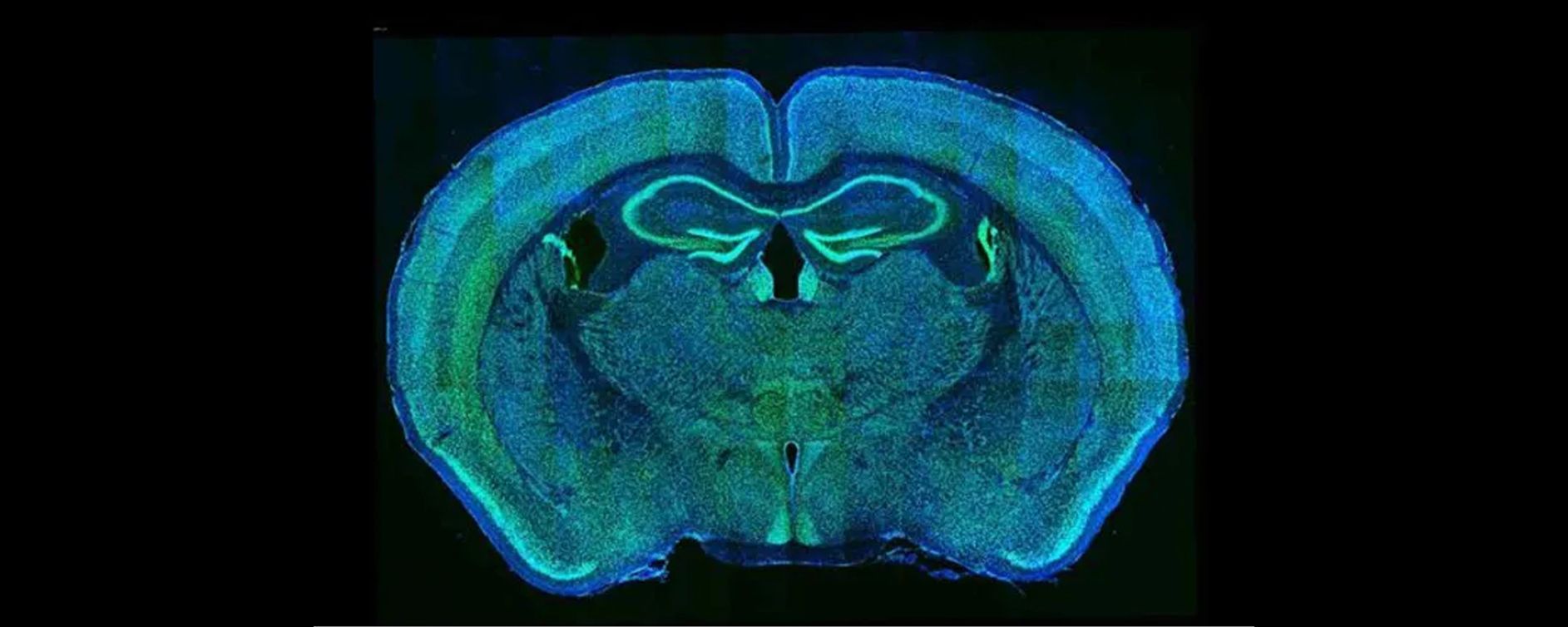Technique: Data Collection and Analysis for Circadian Biology
Manufacturer: Custom built
The custom-built UK DRI equipment for the monitoring of behavioural circadian function in naturalistic, non-invasive conditions includes four dedicated light-tight cabinets for wireless non-invasive detection of rest/activity cycles in freely behaving mice (wheel running and IR beam splitting) in controlled light conditions. Dedicated stereotaxic neurosurgery stations to deliver cell-type specific viral gene therapy in deep brain areas with high precision, and evaluation of behaviourally relevant alterations of circadian patterns of rest-activity cycles.
In addition, two custom-made state-of-the-art multistage LV200 Olympus microscopes and a Sartorius Incucyte imager enable long-term high throughput circadian imaging experiments in hiPSCs and brain tissues
How temperature and circadian rhythms intersect to regulate a protein shown to protect against neurodegeneration
A new study led by Dr Marco Brancaccio (UK DRI at Imperial) and Dr Marieke Hoekstra (former UK DRI at Imperial, now VIB-KU Leuven Center for Brain & Disease Research) offers a deeper insight into how a neuroprotective pathway is regulated both by temperature and the body clock. This research, published in the journal PNAS, could open up new therapeutic avenues for neurodegenerative disease. Read more on the UK DRI website
Introducing Cynthia Sandor: Pioneering earlier detection of Parkinson’s
Dr Cynthia Sandor, former Emerging Leader at the UK DRI at Cardiff, joins the UK DRI at Imperial as a Group Leader, where she will be tackling early diagnosis of Parkinson’s.
With a background in genetics, Dr Sandor uses computational methods to bring greater understanding to the underlying molecular mechanisms of Parkinson’s. Read more about Cynthia's work on the UK DRI website.


